Last Updated on January 20, 2024 by Greg Gillson
American Goldfinches are small birds that are widespread across the United States and southern Canada. Summer males are brilliant yellow and black, females a bit less bright. In fall they molt into a dull tan and white plumage.
These birds are found in weedy fields, recently cut and re-growing second growth woodlands, and residential areas.
American Goldfinches are highly attracted to thistles. In your backyard they really love to eat black oil sunflower seeds and Niger seed. If you provide both these seeds in the proper feeders you’ll attract American Goldfinches to your backyard and may have them for the entire year if you live in the mid-latitudes of the United States.
This page is a supplement to my overview page on attracting American Goldfinches. When finished here you may want to go back to that overview page to find out other fascinating facts. That page also links to other in-depth articles on American Goldfinches, including range and habitat, courtship and nesting, and identification and similar species. I’ll put another link at the end of this article to remind you.
 |
|
Female American Goldfinch feeding on thistle
Photo by Greg Gillson
|
Diet and natural food
American Goldfinches are strict vegetarians. Only rarely do they eat insects. In fact, they even feed seeds to their nestlings. Most seed-eating birds feed their nestlings on insects.
Much of the diet consist of thistle and weeds seeds. Some of the plant seeds American Goldfinches eat include aster, burdock, chicory, dandelion, goldenrod, sunflower, and thistle.
Goldfinches also eat some small seeds from trees. The tree seeds they eat include alder, birch, elm and some conifer tree seeds.
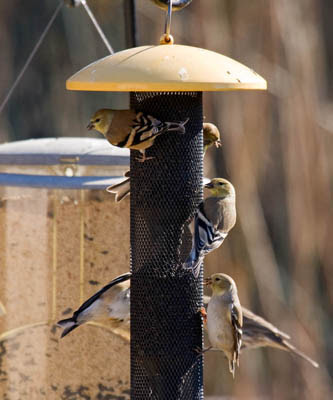 |
|
American Goldfinches on Niger seed feeder
Photo by Greg Gillson
|
American Goldfinches at backyard feeders
Foods to attract American Goldfinches
At your backyard feeder there are three foods that American Goldfinches love. They are most attracted to black oil sunflower seeds, hulled sunflower chips, and Niger seed. [See my article on the favorite foods of backyard birds.]
Because of their larger size and thicker shells, goldfinches don’t like striped sunflower seeds quite as much. They are too much work to get open, evidently.
Hulled sunflowers have the outer shell removed. Then they are presented with the kernels (or heart) either whole or broken as “chips.” These have the advantage of being “no-mess” or “no waste” bird foods.
Niger seed is a flower seed that is sometimes called “thistle,” though it really is not. It is also marketed and trademarked as “Nyjer.”
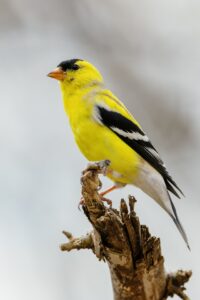
Garden flowers to attract American Goldfinches
Your flower garden can be very attractive to American Goldfinches.
American Goldfinches eat seeds of asters, brown-eyed Susans, coneflowers, coreopsis, cosmos, daisies, marigolds, milkweed, poppies, ragwort, sunflowers, and zinnias. Does this list of flowers give you any good ideas of what flowers you might plant in your yard?
If your vegetable garden goes to seed in the fall goldfinches will eat many weeds seeds that grow up. They like pigweeds and thistles. They even eat the seeds of garden lettuce.
 |
|
Zinnia and Monarch Butterfly
Public domain image from Pixabay
|
What is the best feeder for American Goldfinches?
Niger seed for American Goldfinches needs to be in a special mesh feeder. These can be a metal feeder (often called a “finch feeder”). Or Niger seed can be presented in a nylon “thistle sock.” The seeds of this plant are long, light-weight, and thin. They would easily fall out of most feeders. They would blow away from a platform feeder. They also soak up rain water easily. Then they spoil or gum up. So present them in limited amount during the rainy season.
American Goldfinches like to eat black oil sunflower seeds from tube feeders or hopper feeders. Tube feeders restrict the birds to primarily finches, chickadees, and nuthatches. That way larger birds don’t come and eat a lot of the more expensive sunflower seeds. On the other hand, sometimes the sunflower seeds get stuck in the tube feeder, depending upon construction or wet weather. You may need to nudge these or clean them out occasionally to keep the seeds flowing.
Sunflower hearts or chips are best fed to goldfinches in a small hopper feeder.
Feeding and foraging behavior
American Goldfinches often feed in flocks, small or large. They descend upon a food source and feed calmly and peaceably. They do startle rather easily sometimes, though. They hop and make short hop-flights as they feed, but often remain fairly still while eating.
Since they often feed on weed seeds they sometimes feed on or quite close to the ground. Like most finches, when they are startled they fly up into nearby trees until they feel safe again.
They often feed at acrobatic angles. In fact, there is a tube feeder for goldfinches called an “upside down feeder.” This feeder has the perches above the feeding ports. The goldfinches dangle upside down to reach the seed. This discourages some of the larger backyard birds from getting to the seed.
In summer the flocks break up into pairs. For several weeks, or longer, you may notice that very few goldfinches visit the feeders. In the fall the birds will be back–and they’ll bring their young with them!
 |
|
American Goldfinch
Image by Erica Maxine Price from Pixabay
|
Water
American Goldfinches drink water and bathe in bird baths. Please notice the photo above and how the bird bath is set up. That bird bath is really too deep for goldfinches to use comfortably. So the owner has placed a perch on it leading down into the water. That piece of wood acts as a staging perch. A staging perch is a place to land and then move closer to the water. If the goldfinch wants a bath he can walk down the stick and into the water. He is thus able to select whatever water depth he wants.
Another thing to notice about the above photo is that there is a small water fountain. Moving water, especially with a dripping sound really attracts birds. Nothing large. This small fountain is just right!
Two things to remember about solar bird baths. You want an adjustable flow so it doesn’t spray too hard. Just a drip, remember! These also only work in direct sun. Place them so that they receive direct light at dawn. Even then, they may need an hour to charge up and begin working.
Back to the overview page on attracting American Goldfinches to your backyard.
Wrapping Up
American Goldfinches are indeed special little birds, holding a unique place in the avian world for several reasons:
Males in breeding plumage sport a stunning combination of bright yellow bodies, black wings with white wing bars, and a black cap, making them a visual delight in open fields and gardens.
They often form large, fluttering flocks, adding a dynamic splash of color to the landscape and offering captivating aerial displays and their high-pitched “per-chee-chee” song is a familiar soundtrack to summer and adds a cheerful touch to their presence.
The American Goldfinch has huge cultural significance in the United States. They are the official state bird of New Jersey, Iowa, and Washington, reflecting their widespread popularity and appreciation.
Their vibrant plumage and cheerful song have often been associated with beauty, joy, and renewal, making them a cherished symbol in various cultures. Lastly, their fondness for sunflower seeds and willingness to visit feeders make them beloved guests in backyards across North America, offering opportunities for close observation and connection.
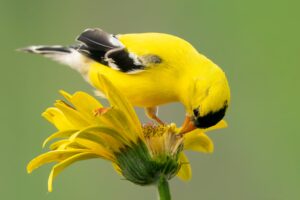
Frequently Asked Questions
Where are American Goldfinches found?
American Goldfinches are quite widespread and can be found in many parts of North America, with their distribution varying depending on the season:
Breeding Season (Spring & Summer):
- Southern Canada: From mid-Alberta across to western Saskatchewan and eastern Manitoba.
- United States: Throughout the country, from coast to coast. The southern boundary reaches North Carolina on the East Coast and northern California on the West Coast.
Wintering Grounds:
- Southern Canada: Just south of the border in areas with milder winters.
- United States: Throughout the lower 48 states, extending into northern Mexico.
Habitat Preferences:
- Open country with abundant weeds: Fields, meadows, floodplains, roadsides, and open woodlands.
- Areas with thistle and other seed-producing plants.
- Backyards and gardens with feeders and birdbaths.
So, depending on the time of year and location, you might find American Goldfinches in a variety of settings, from wide-open prairies to your own backyard oasis.
Are American Goldfinches friendly?
While American Goldfinches aren’t exactly “friendly” in the same way a pet might be, they are generally considered sociable and peaceful birds. Here’s a breakdown of their behavior:
Social with other birds:
- They commonly flock together, especially outside of breeding season, with other Goldfinches and similar songbirds like Pine Siskins and Redpolls.
- They readily share feeders and foraging areas, often in large groups.
- Their bright yellow plumage and lively chirping can even bring other birds to your yard.
Peaceful toward humans:
- They have no interest in humans and pose no threat.
- They readily visit feeders and birdbaths provided in yards, showing little fear.
- Their acrobatics and cheerful songs can be a delight to watch and listen to.
How do you attract an American Goldfinch?
There are several enticing strategies you can use to attract American Goldfinches to your backyard or birding area:
Food:
- Offer their favorites:
- Nyjer seeds: These tiny thistle seeds are their absolute favorite food. Provide them in a dedicated thistle feeder with small ports to accommodate their delicate bills.
- Sunflower seeds: Opt for hulled or black oil sunflower seeds, easier for them to eat.
- Finch mixes: Look for mixes specifically designed for finches, containing Nyjer, millet, and other small seeds.
- Keep it fresh: Replace seeds regularly to prevent mold and maintain attractiveness.
- Variety matters: Offer a mix of food sources and experiment with different feeders to see what brings them in most.
Shelter and Security:
- Plant strategically: Provide natural cover and nesting opportunities with shrubs, trees, and vines. Dense evergreens offer winter retreat.
- Protect from predators: Place feeders away from open areas and near bushes where they can seek refuge if startled.
- Consider birdhouses: Offer specialized houses for nesting, though goldfinches typically prefer natural nesting sites.






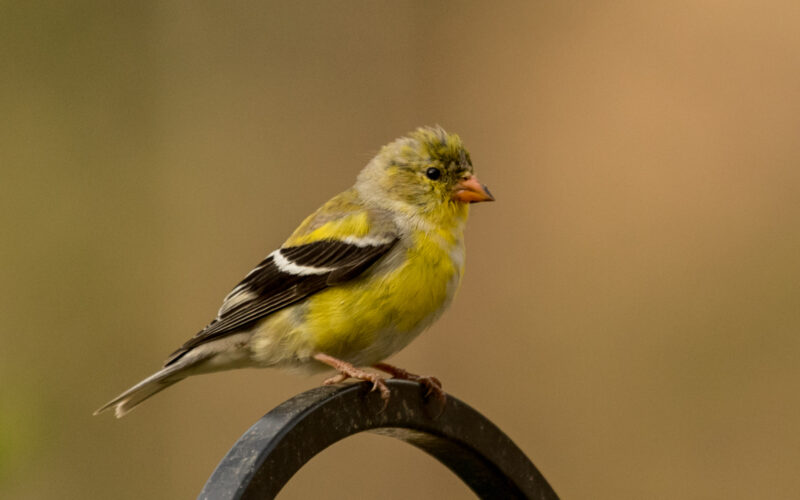
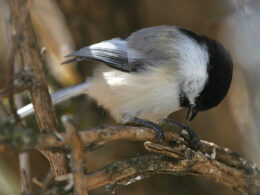
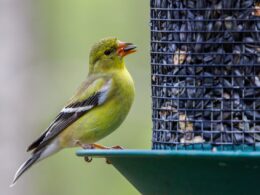
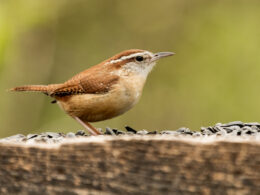
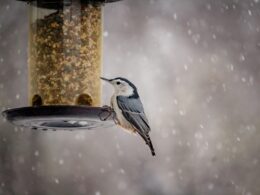
I loved the content of this article. I'll even save it to my favorites to help me build an article I'm going to write and I'll cite your site.
Very good. I loved.
Thanks Peter!
And good job on your topic choices!